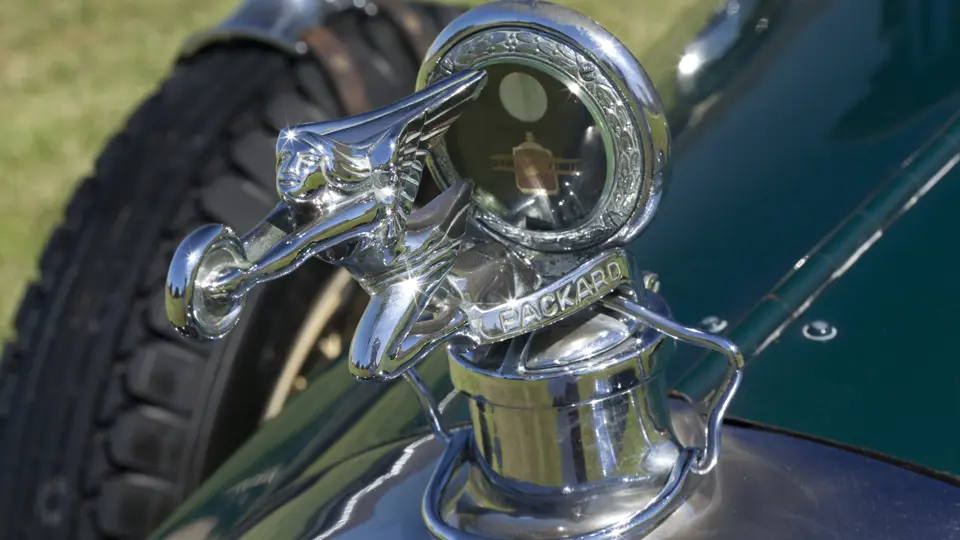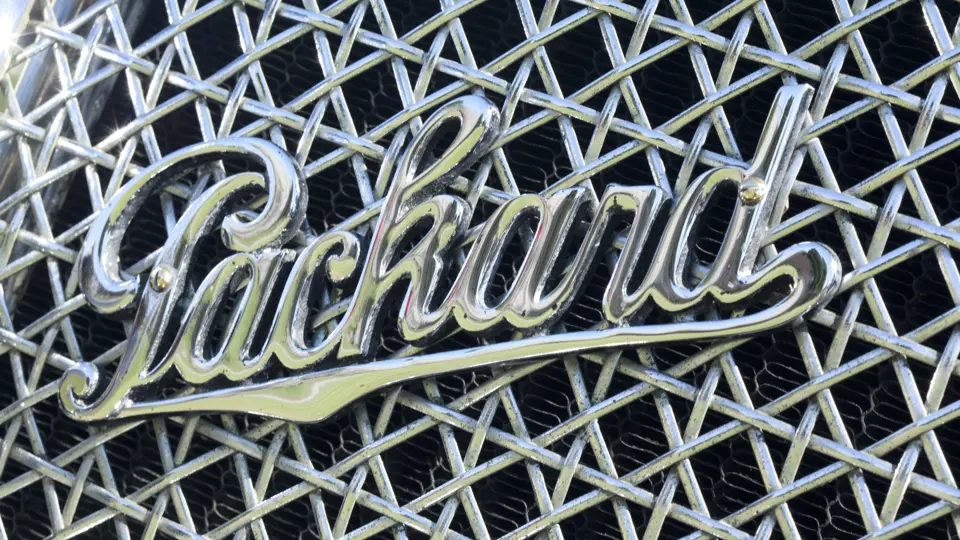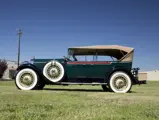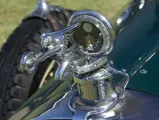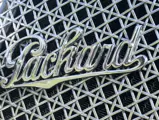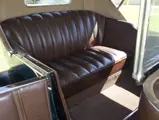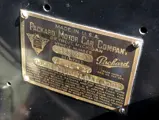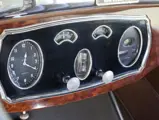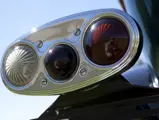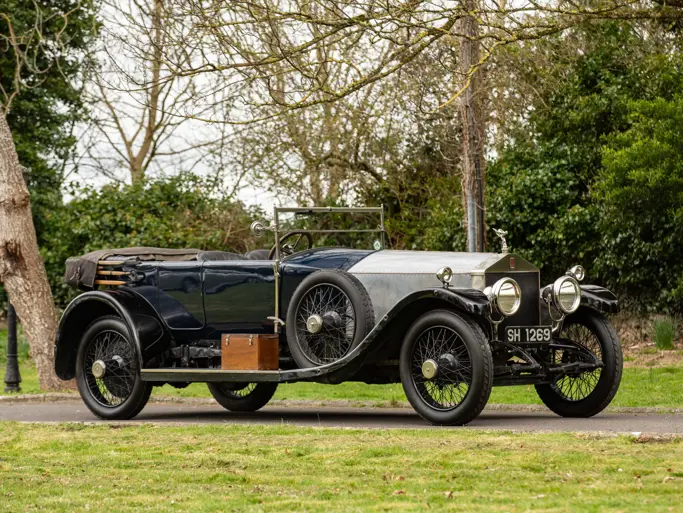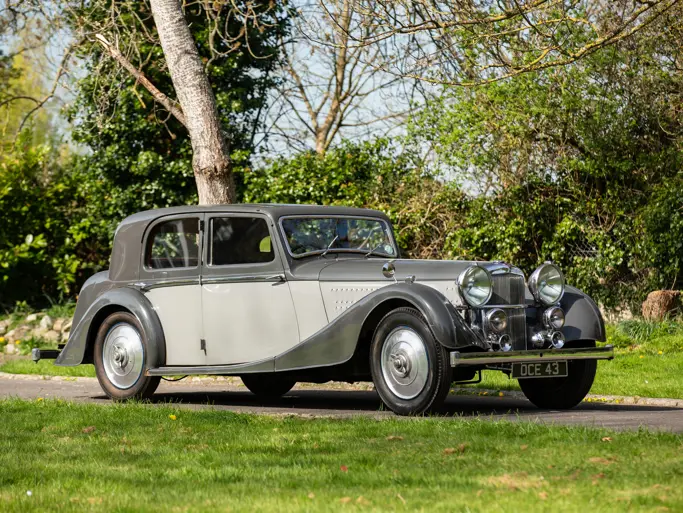Series 533. 81 bhp, 288.6 cu.in. L-head inline six-cylinder engine, three-speed manual transmission, front and rear semi-elliptic leaf spring suspension, four-wheel mechanical drum brakes. Wheelbase: 133"
- Offered from the Nethercutt Collection
- Older, superbly preserved restoration
- Last of the big Packard Sixes
- CCCA Full Classic
Packard introduced the Single Six in 1921, to offer a smaller, less expensive alternative to the big V-12 Twin Six. It achieved both those objectives, priced at three-quarters the larger car’s sticker and with just a 116-inch wheelbase. In subsequent years, Packard refined the Single Six and lowered its price. The second series Single Six, introduced in December 1923, had four-wheel brakes and claimed a 20 mpg economy. It handily outsold the new Single Eight introduced at the same time.
The final iteration of the Packard Six (until a much smaller and less expensive model in 1937) was the fifth series, introduced on July 1, 1927. It came on two wheelbases, and a custom body catalog for the longer chassis offered designs by Brewster, Derham, Dietrich and others. The engine was refined with better lubrication, an oil filter, and four-point mounting.
The Nethercutt Collection purchased this Series 533 Phaeton from Connecticut collector Gerald Lettieri in 1994. The car has a long history in the collector community, having been previously owned by Tim Hunt, Tim Coppage of St. Louis, Missouri, and Charles “Cy” Painter of Laguna Beach, California. While in Mr. Painter’s ownership, it was the subject of an article in the former Special Interest Autos magazine (#86, April 1985). The car was reportedly delivered new in San Jose, California on July 22, 1927. Painter bought it in 1971 from another California collector. It had previously been partially restored, and Painter simply conducted a few cosmetic upgrades, like replating some chrome and adding a radiator stone guard and sidemount mirrors. The car came to him in excellent mechanical condition, with the exception of a clogged radiator. With a new core, it became an elegant and excellent tour and parade car. It remains so today, handsome in dark green paint with a cream beltline molding, accented in red.
Packard Sixes from 1925 to 1928 are recognized by the Classic Car Club of America as “Full Classics,” eligible for all CCCA meets and CARavans. This car will be superb in CCCA or AACA events, and a treat on the open road.


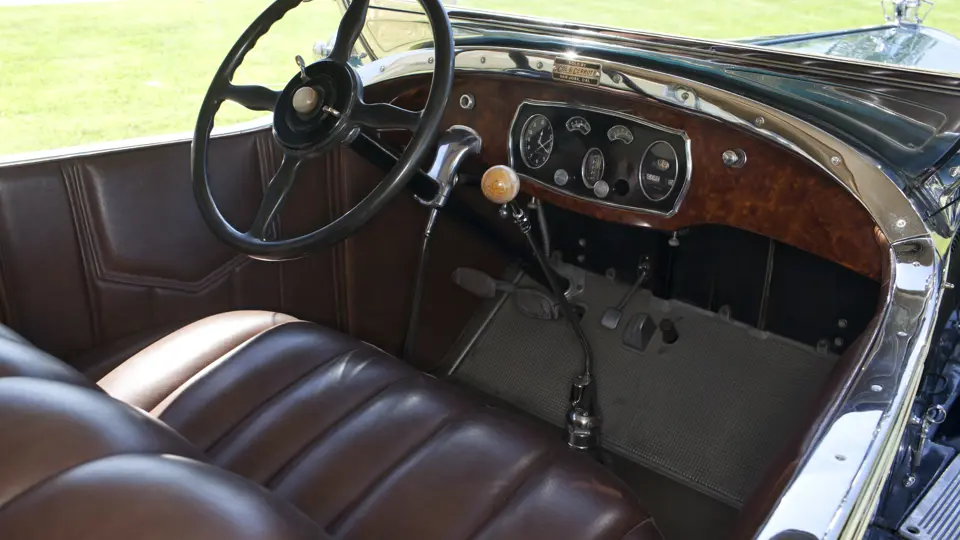

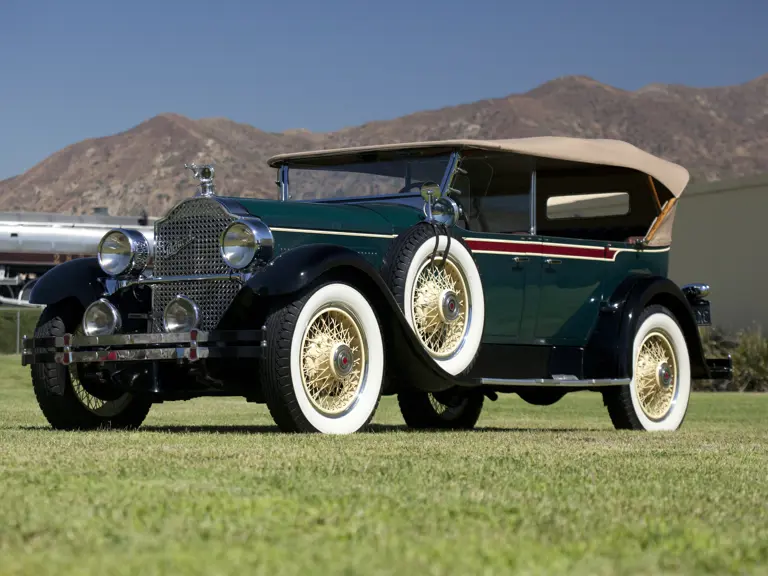
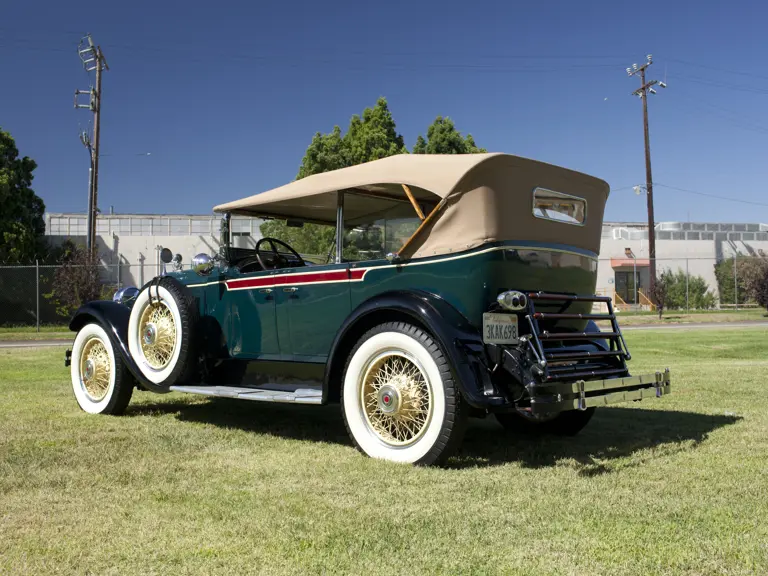
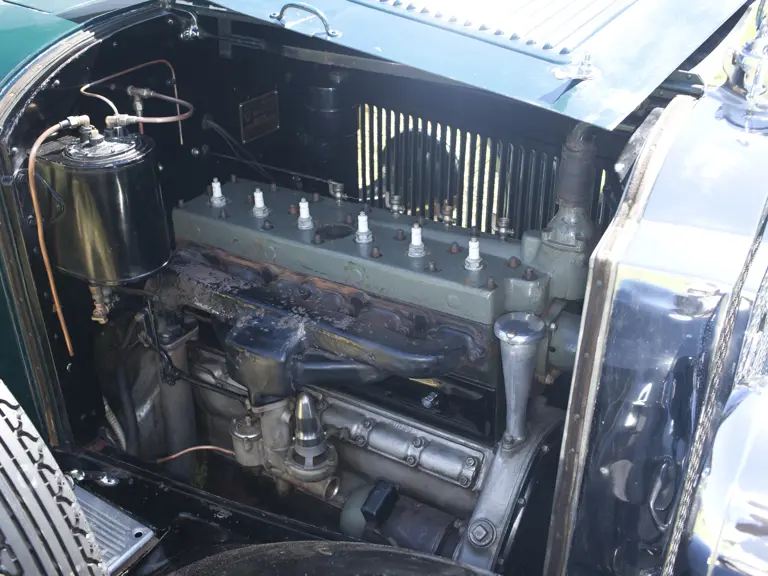
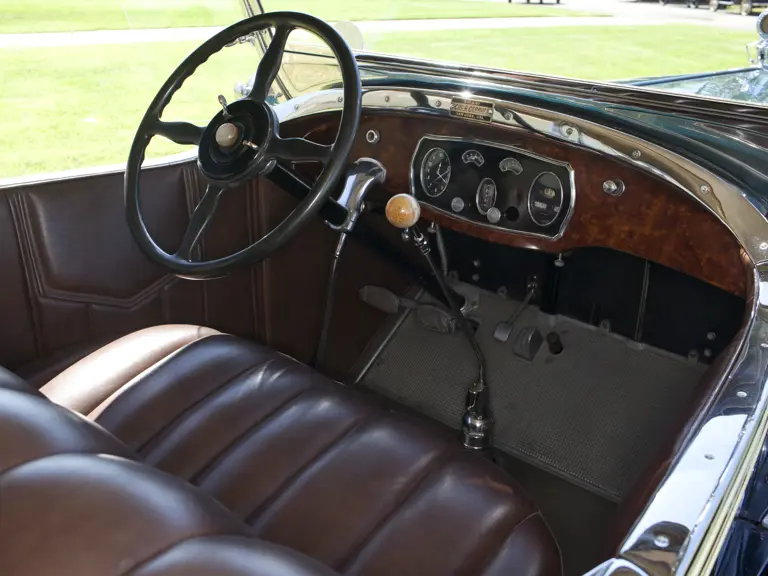
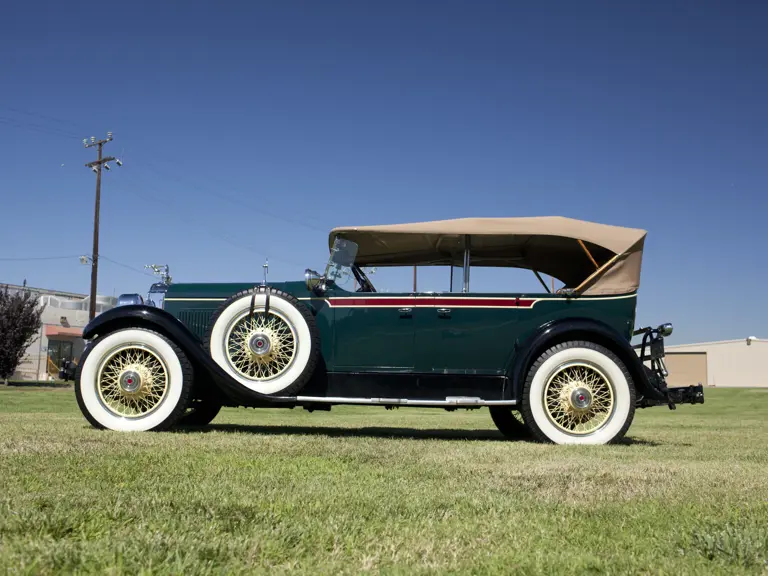
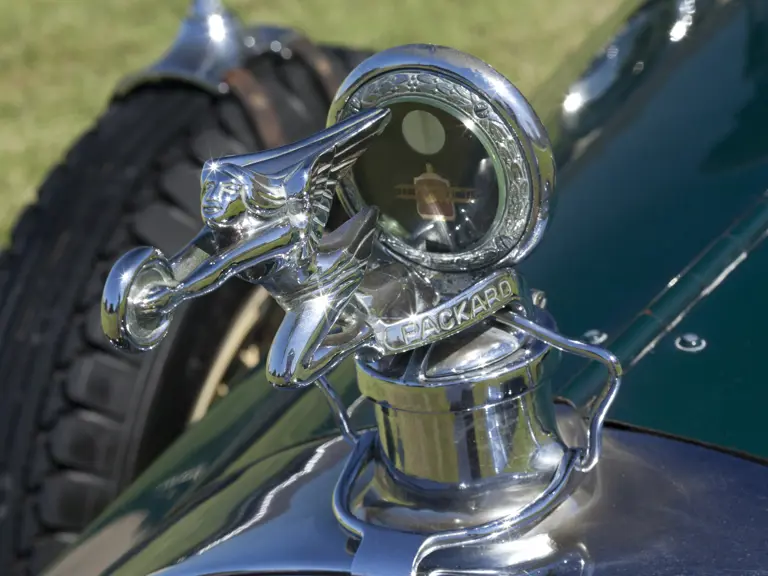
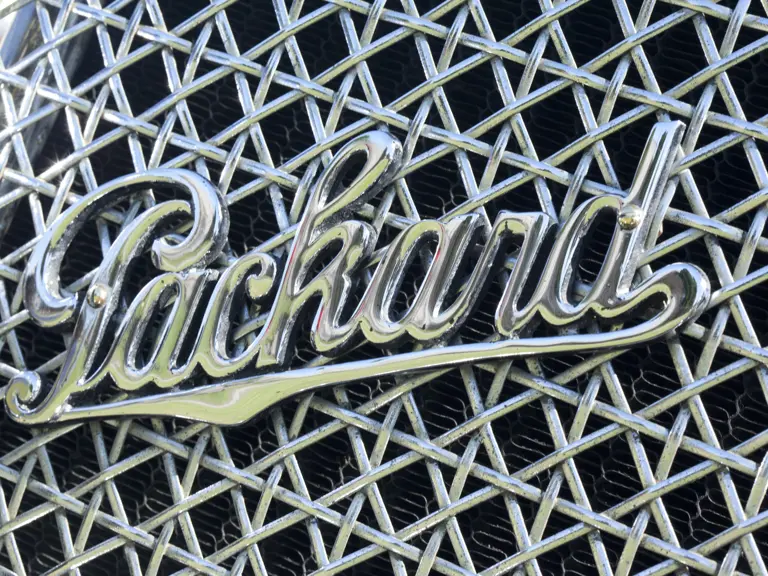
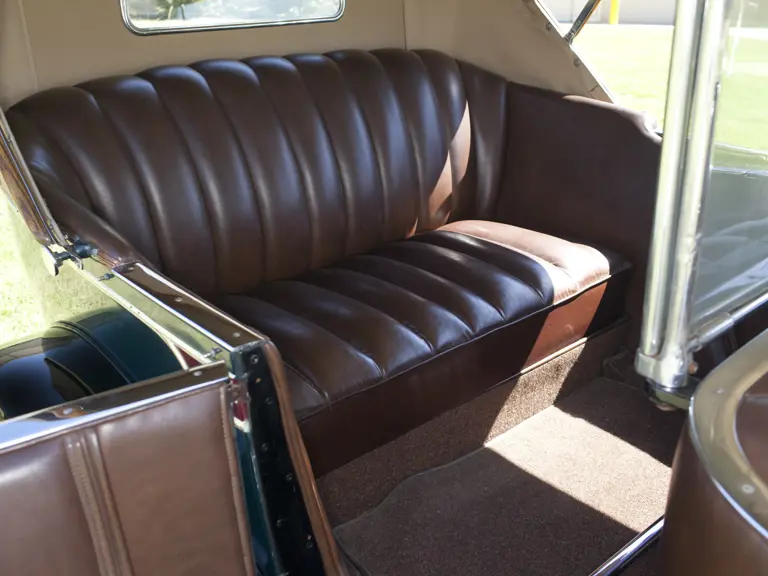
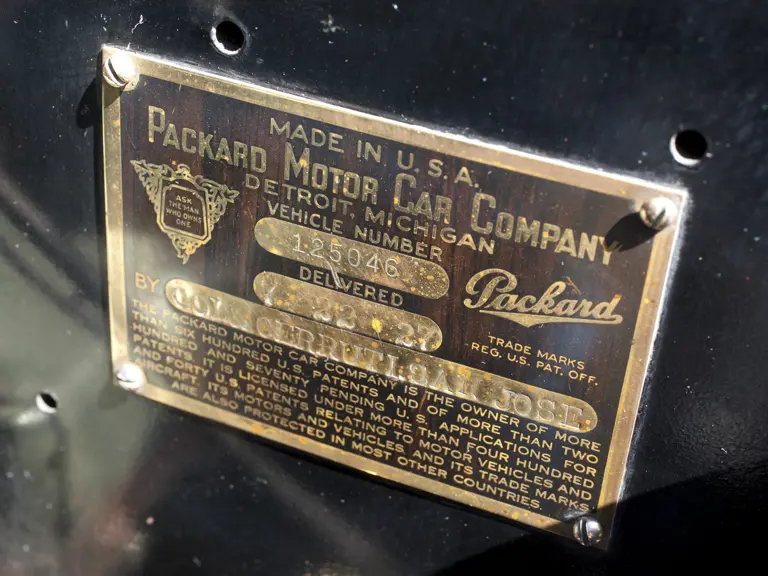
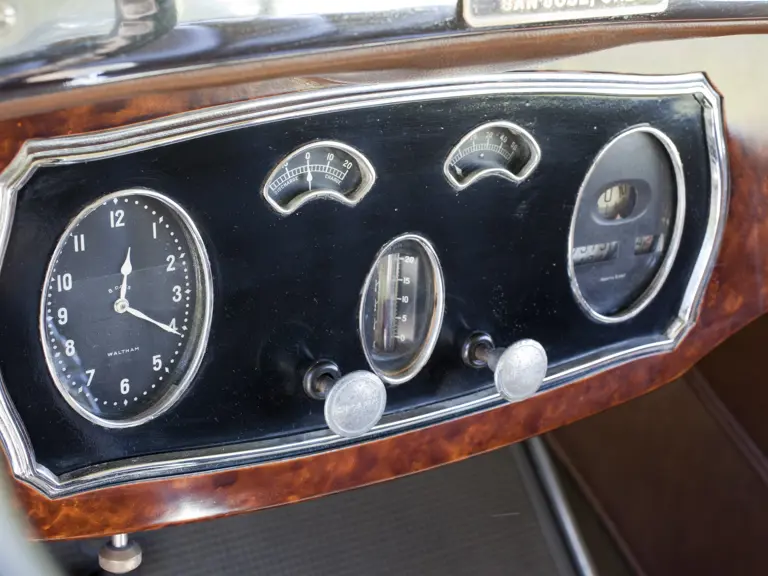
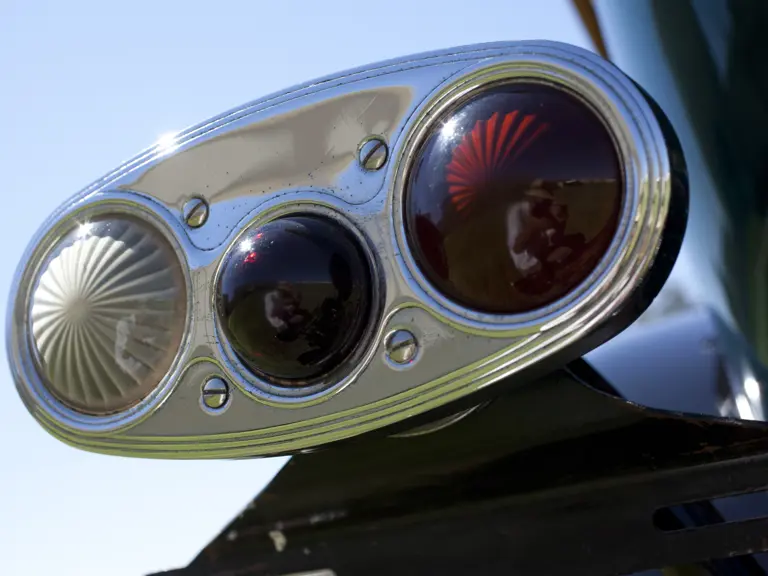
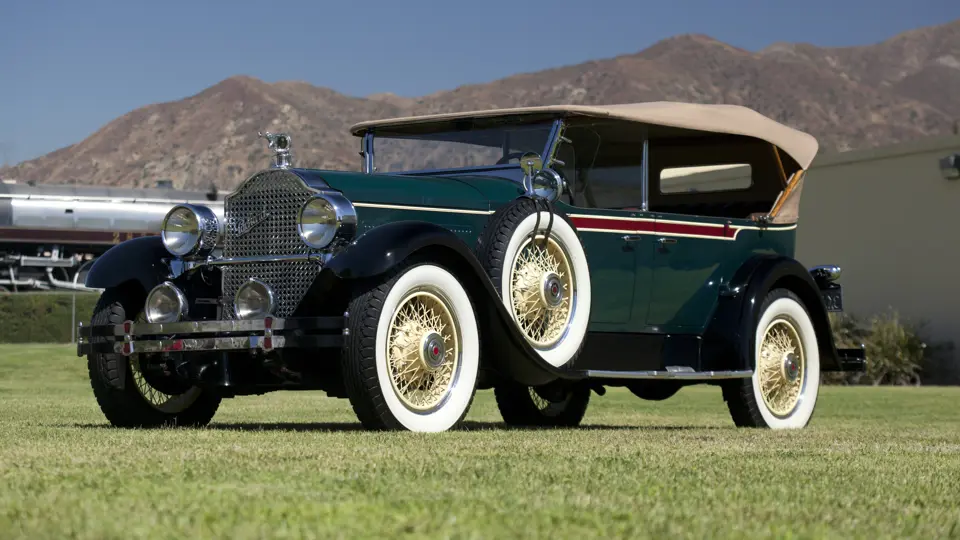
 | Hershey, Pennsylvania
| Hershey, Pennsylvania

